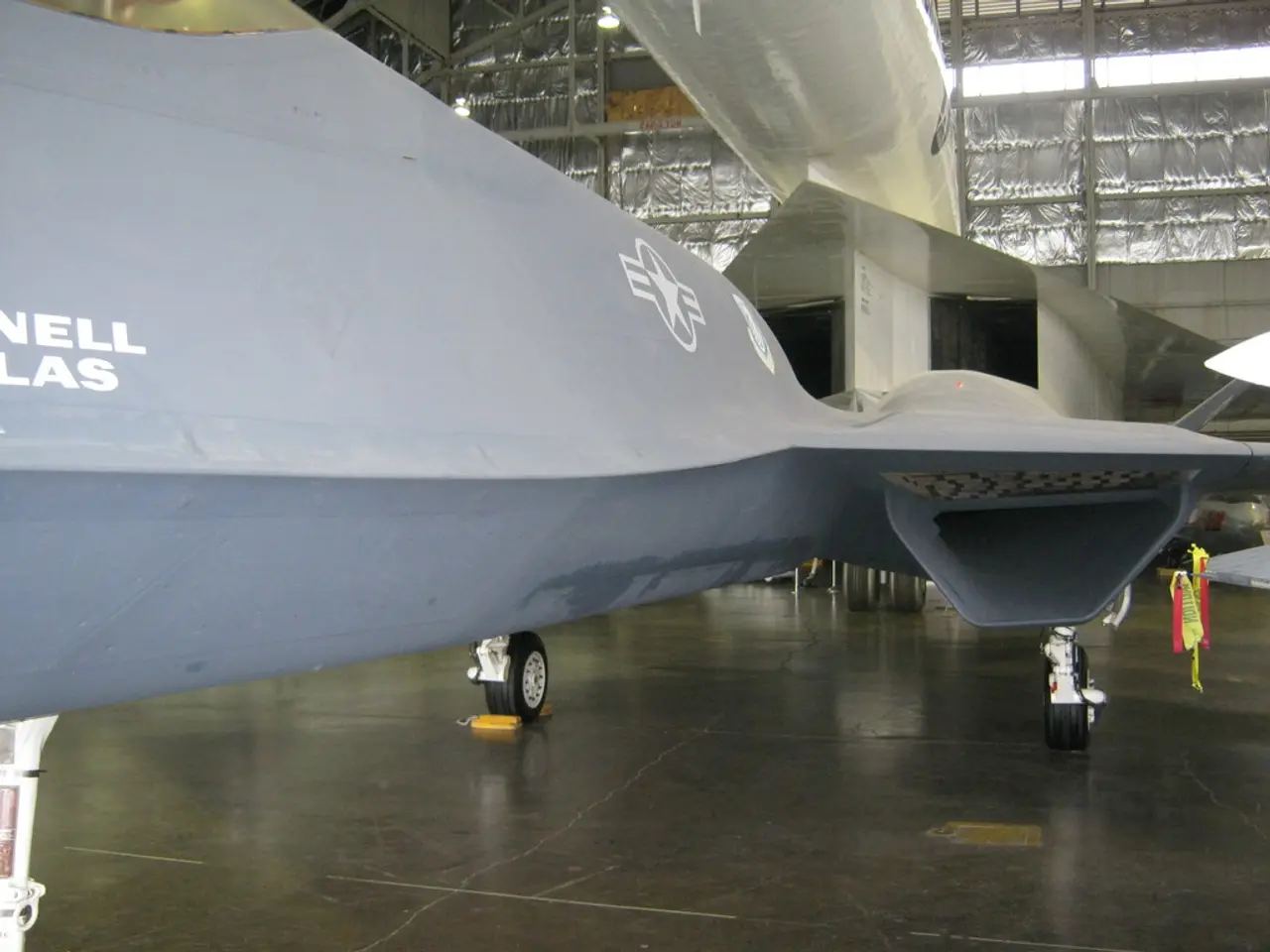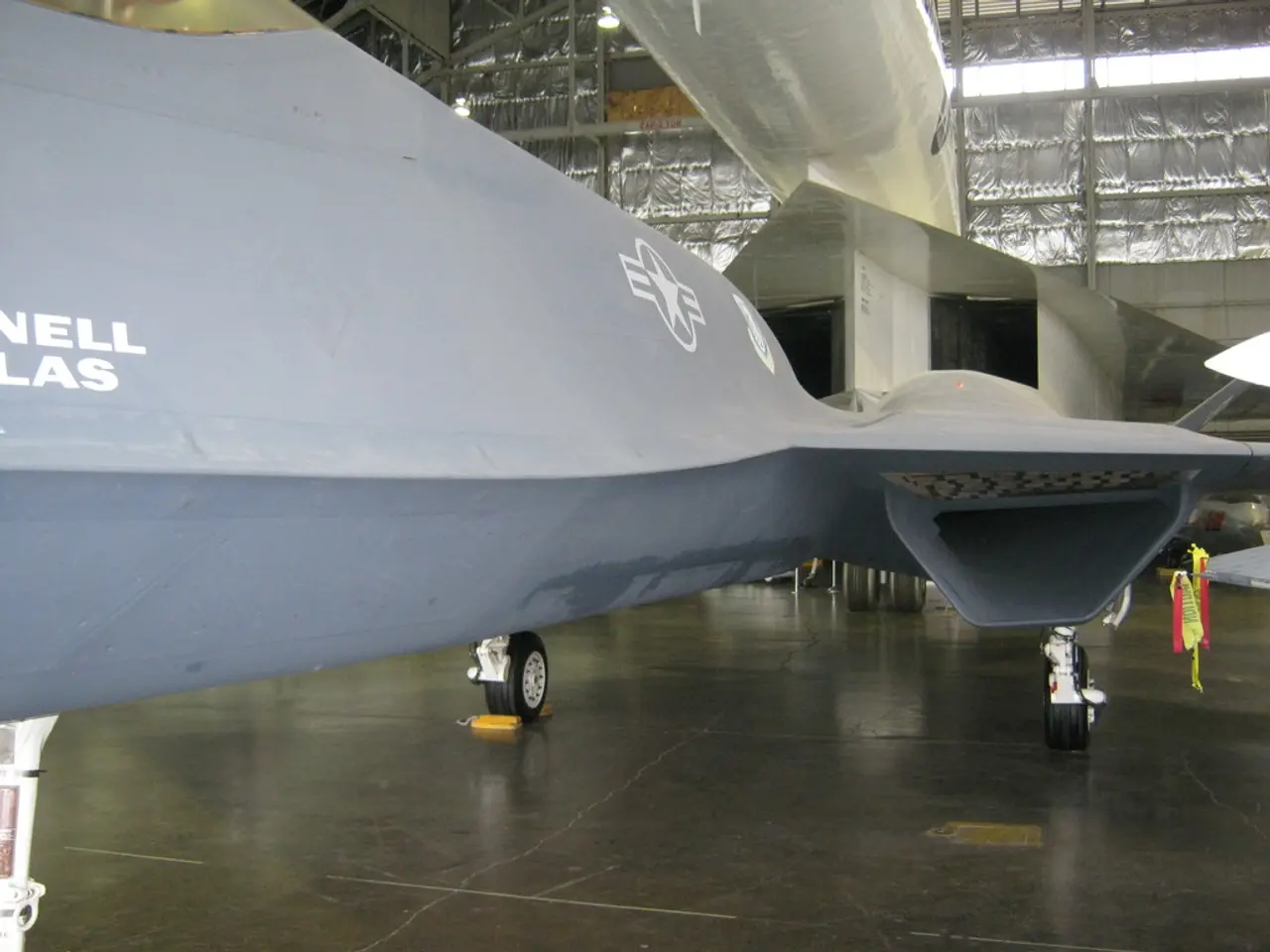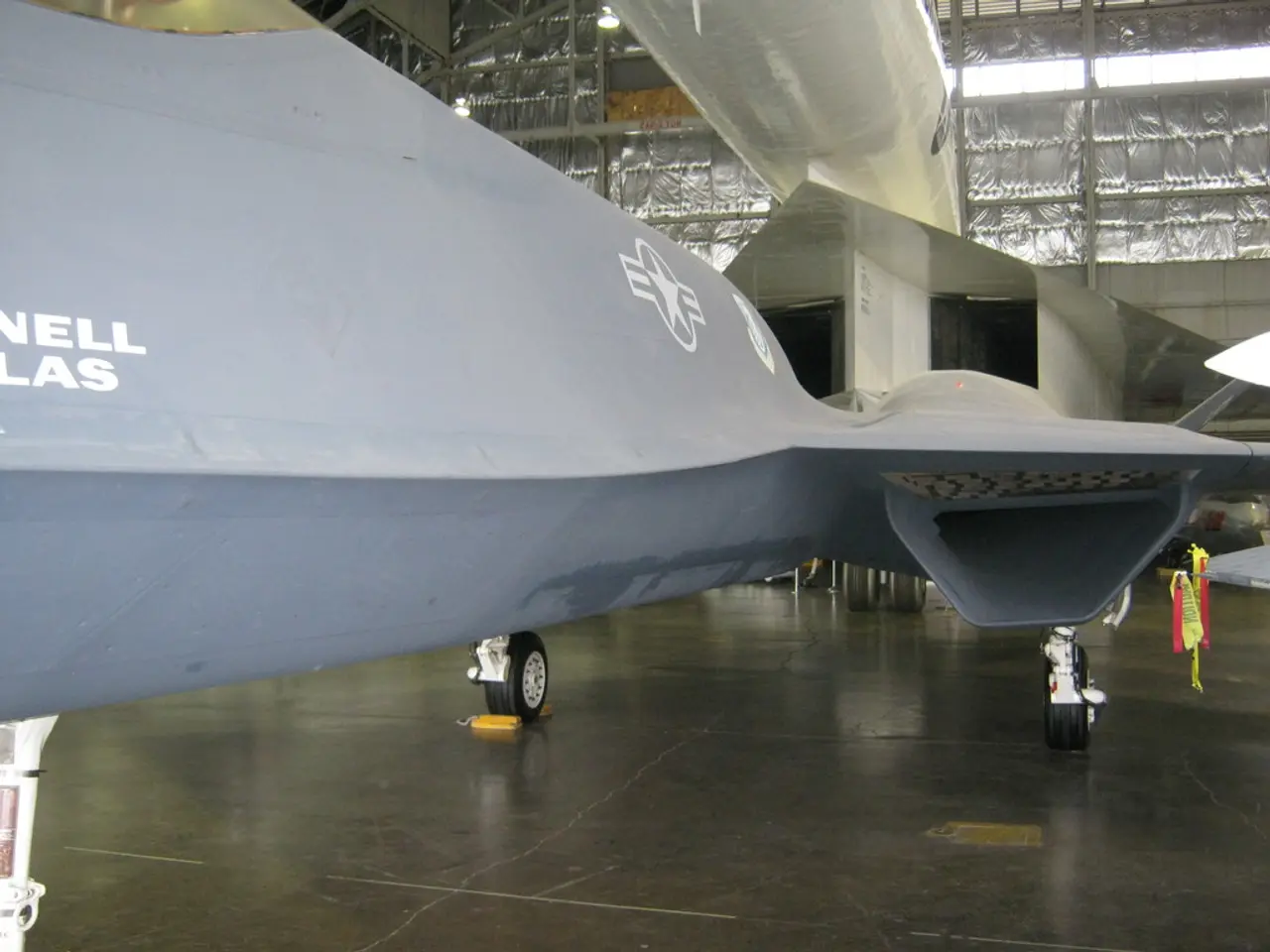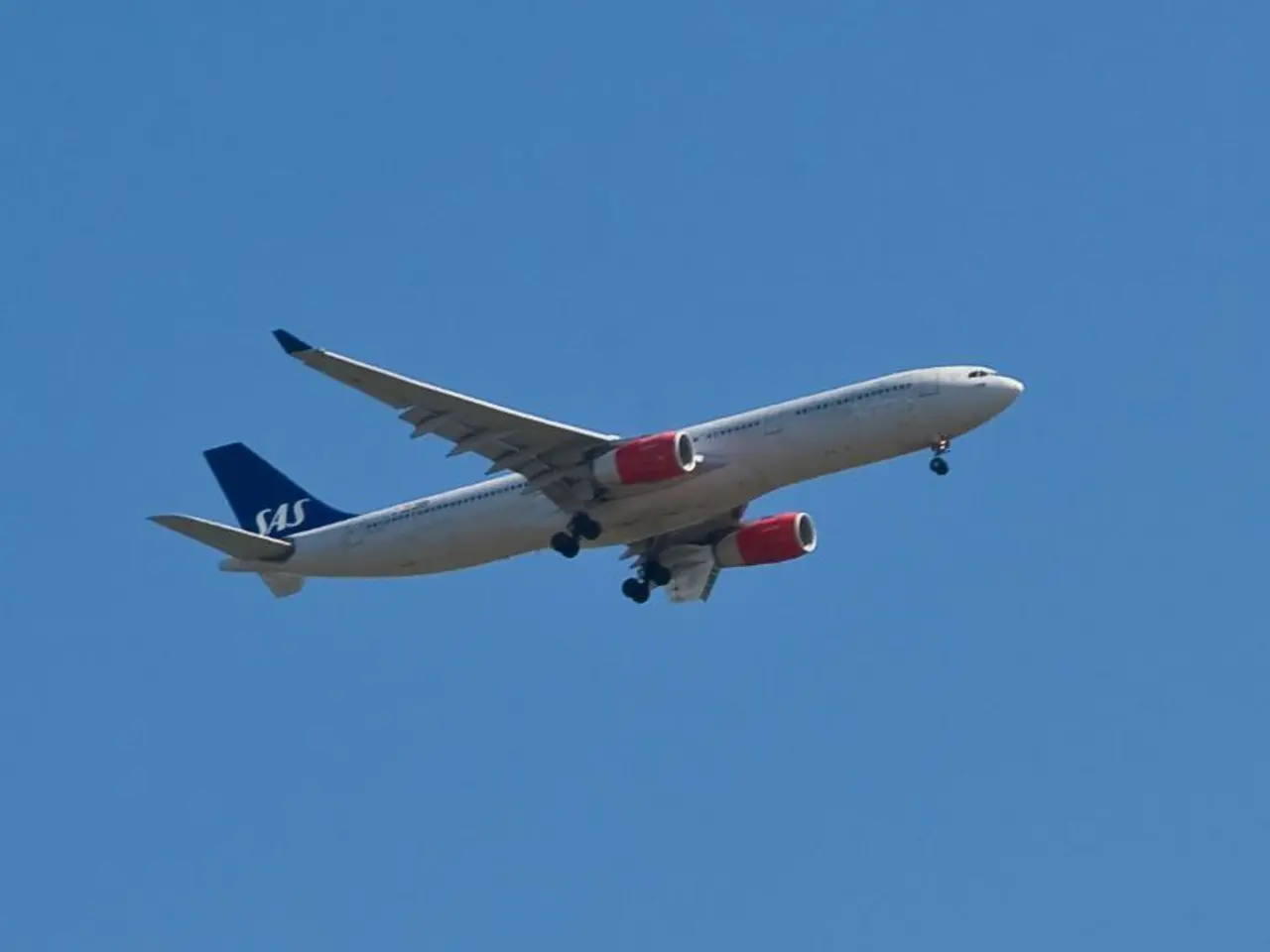"The AN-24 aircraft's unfortunate crash in Tynda is suspected to be due to its advanced age as a possible contributing factor"
The recent crash of an Antonov An-24RV aircraft operated by Angara Airlines in the Amur region has raised concerns about the safety of older Soviet-era aircraft still in service, particularly in Siberia and Russia's Far East.
Despite its advanced age of 49 years, the aircraft involved in the July 24, 2025 crash was properly maintained and inspected according to official records. The aircraft had a valid airworthiness certificate renewed in 2021, extending its certification until 2036. It had also passed a recent technical inspection before the accident.
The aircraft, manufactured in 1976, was flying the route from Khabarovsk to Blagoveshchensk to Tynda when it crashed during the second approach to Tynda. The crash resulted in no survivors, with preliminary reports suggesting there were 43 passengers and 6 crew members on board.
Operating such older aircraft, nicknamed "flying tractors," is common in these regions due to their ability to withstand extreme cold and rough conditions, including unpaved runways. However, this comes with increased maintenance costs and difficulty sourcing parts, especially following Western sanctions.
Despite these challenges, the Antonov An-24 remains a reliable workhorse for carriers like Angara Airlines, which had a fleet of 10 An-24s all built in the early to mid-1970s at the time of the crash.
In addition to Russia, airlines in Kazakhstan, China, and North Korea also use the An-24. There are still around 250 of the An-24 and An-26 aircraft in operation.
Work continues on the "Baikal" aircraft, designed to replace the An-2, with the question of a "deep modernization" of the An-2 also being considered as an alternative. Meanwhile, work is ongoing on the "Ladoga" aircraft, which can accommodate 44 passengers, and there's a Russian-Belarusian project "Svetlaya" with a capacity of 19 passengers.
The Il-114-300 is the most advanced of the promised new Russian aircraft for local lines.
The approach to extending the airworthiness certificates of these aircraft is very serious and individual for each aircraft. Modern technical means allow for accurate determination of the condition of parts through methods like radiography and ultrasonic testing. There are also special scheduled maintenance tasks and developments by our design bureaus for intermediate repairs of these aircraft.
Investigations into the cause of the crash are ongoing, and more information will be released as it becomes available.
[1] Rostransnadzor Inspection Report [2] Angara Airlines Fleet Information [3] An-24RV Technical Specifications [4] Airworthiness Certificate Renewal Information
- The industry's ongoing reliance on older aircraft like the Antonov An-24, despite the challenges of maintenance, sourcing parts, and increased costs, is evident in the continued operation of these aircraft in regions like Siberia and Russia's Far East, as seen in the fleet of Angara Airlines.
- In the realm of finance, the process of renewing airworthiness certificates for aircraft like the Antonov An-24 is individual for each aircraft, with modern technical means available for accurate evaluation and scheduling of repairs to ensure their continued service in the sectors of transportation and aviation.






